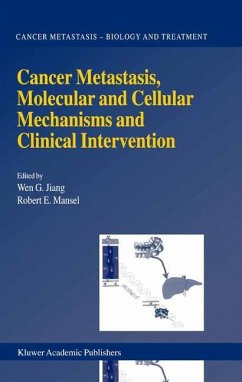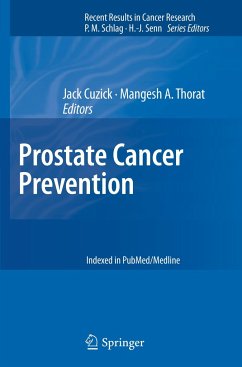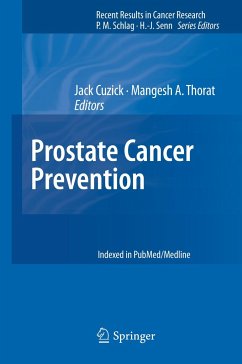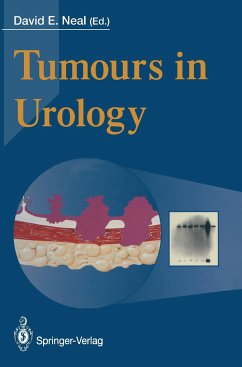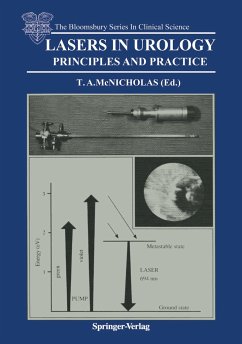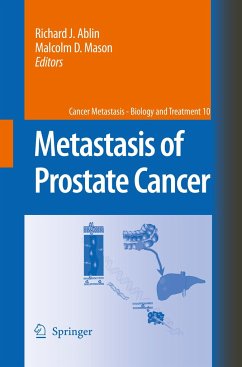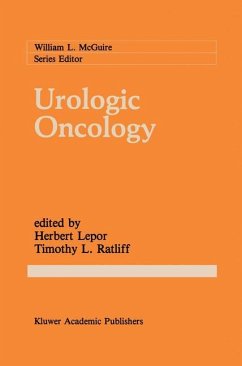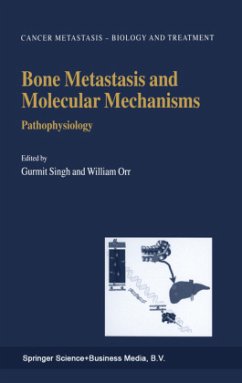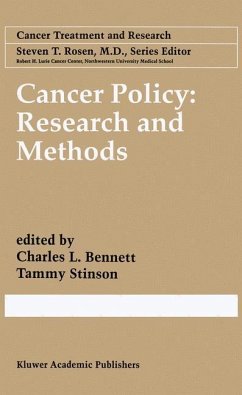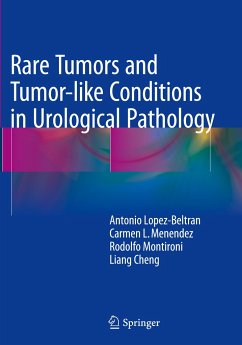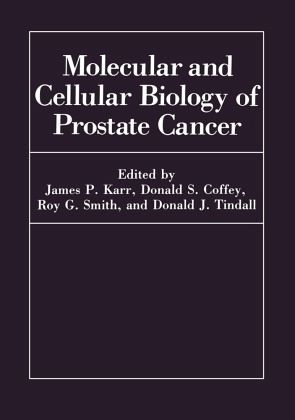
Molecular and Cellular Biology of Prostate Cancer

PAYBACK Punkte
19 °P sammeln!
These proceedings of the 5th Prouts Neck Meeting on Prostate Cancer, held in October, 1989, highlight the many advances in the understanding of prostatic growth and function at the cellular and molecular levels which have been registered since the first Prouts Neck Meeting in 1985, a meeting which also focused on the then current concepts and basic approaches to understanding prostate cancer. Inter vening Prouts Neck Meetings in 1986, 1987 and 1988 were devoted to treatment, image cytometry and clinical markers. As before, the Prouts Neck tradition of bringing together an international, multid...
These proceedings of the 5th Prouts Neck Meeting on Prostate Cancer, held in October, 1989, highlight the many advances in the understanding of prostatic growth and function at the cellular and molecular levels which have been registered since the first Prouts Neck Meeting in 1985, a meeting which also focused on the then current concepts and basic approaches to understanding prostate cancer. Inter vening Prouts Neck Meetings in 1986, 1987 and 1988 were devoted to treatment, image cytometry and clinical markers. As before, the Prouts Neck tradition of bringing together an international, multidiscipli nary group of experts for 3 days to exchange ideas and new data, in the relaxed atmosphere of an old iun on the scenic Maine coast, proved to be an ideal combination for a highly successful conference. Accordingly, the Organ System Program of the National Cancer Institute plans to use the Prouts Neck model for future conferences on other solid tumors (bladder in 1990 and kidney in 1991) and will return to the prostate in 1992. A new dimension was added to the current program through the inclusion of a poster session to recognize the research of pre-and postdoctoral investigators. The posters were judged by Drs. Collette Freeman, Frank French, Shutsung Liao, Robert Matusik and Henry Sun. The three winners, in alphabeti cal order, were John Fabian, Robert Getzenberg and Ming Fong-Lin.





